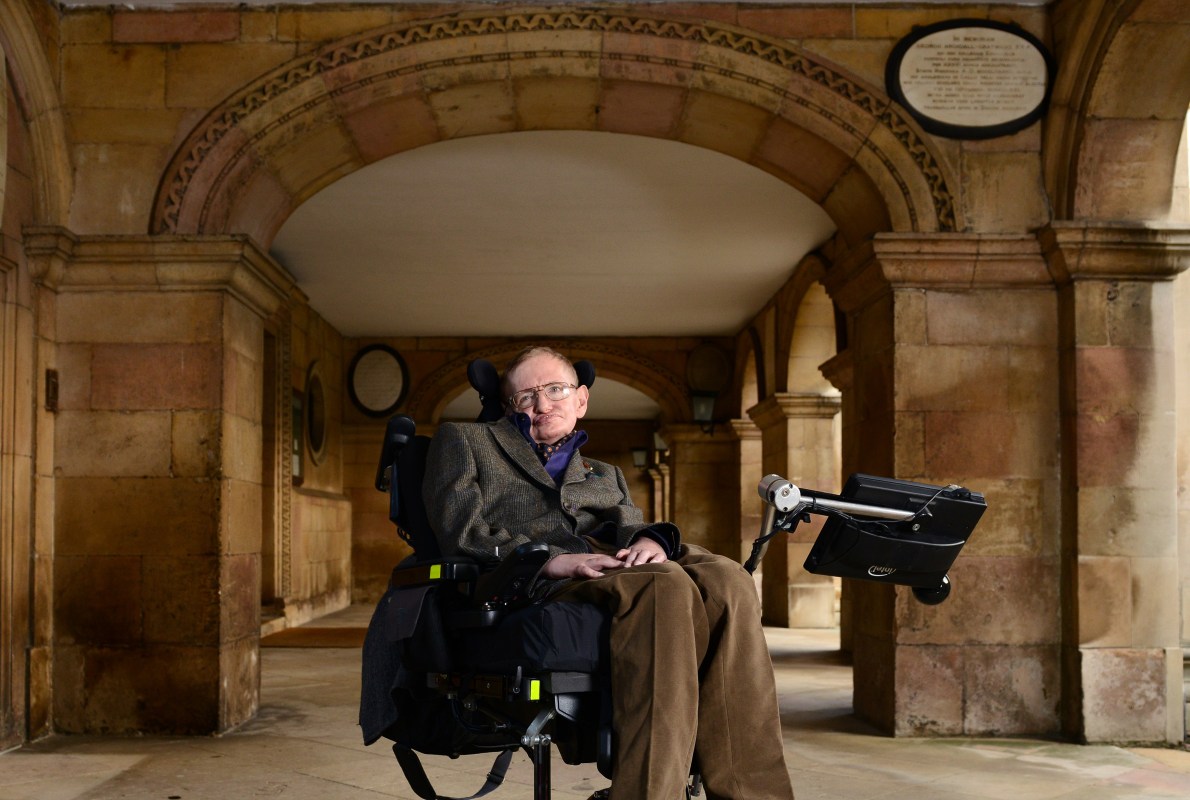Stephen Hawking left the world a final theory explaining how humanity might detect parallel universes. The theory was completed by Hawking shortly before he died last week at age 76. Colleagues have revealed that the renowned theoretical physicist’s final academic work was to figure out the mathematics needed for a spacecraft to find traces of multiple big bangs, reports The Telegraph. The paper, named A Smooth Exit from Eternal Inflation, is currently being reviewed by a leading scientific journal. It may turn out to be Hawking’s most important scientific legacy. Fellow researchers told The Telegraph that if the theory had been published before Hawking died, he could have secured the Nobel Prize that eluded him for so long. The new paper tries to resolve an issue in Hawking’s 1983 “no-boundary” theory which described how the universe burst into existence with the big bang. According to the theory, there are an infinite number of big bangs, each creating their own universe, but this presented a mathematical paradox because it is seemingly impossible to measure. Professor Thomas Hertog, from KU Leuven University in Belgium, worked with Hawking on the new theory and said he met the Cambridge scientist two weeks ago to discuss its final approval, The Telegraph reports. “This was Stephen: to boldly go where Star Trek fears to tread,” he said.
Thanks for reading InsideHook. Sign up for our daily newsletter and be in the know.















